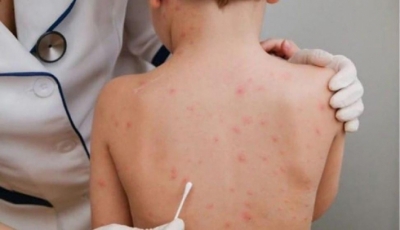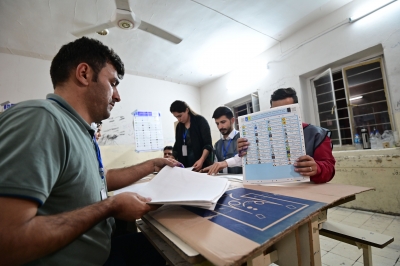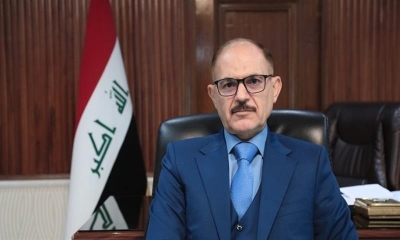
World AIDS Day on Dec.1, was founded in 1988 to draw attention to aspects of one of the deadliest diseases in the human history: Human Immunodeficiency Virus infection and Acquired Immune Deficiency Syndrome (HIV/AIDS).
Campaigns are organized all around the world to band people together in fight against the illness, increase awareness, support HIV-infected patients and mourn those who have died from the disease.
According to the UN statistics, nearly 38 million people are living with HIV, including more than 36 million adults and 1.7 million children at the end of 2018.
Africa is the most affected region in the world, with 25.6 million cases, meaning more than two-thirds of those infected with HIV live on the continent. More specifically, in sub-Saharan Africa, which has 20.6 million cases, South Africa leads the world with the number of people suffering from HIV/AIDS with 5.9 million cases.
Concerns rise about the situation in Eastern Europe and Central Asia as risk of new infections in these regions is 95%. Other regions with growing figures by number of infections are the Middle East and North Africa with 95% of overall new cases globally.
There is not a lot of positive dynamics in Asia and Latin America, where UNAIDS and WHO also see an increasing HIV-positive population.
In North America and Western Europe, the spread of HIV/AIDS prevails in big cities. The two regions also enjoy affordable access to the HIV/AIDS therapies, which resulted in sharp decrease in deaths.
Problems to overcome
Although the disease is not a death sentence anymore, it is considered a pandemic by the World Health Organization (WHO), which marked World AIDS Day as one of the eight official global public health days -- World Health Day, World Blood Donor Day, World Immunization Week, World Tuberculosis Day, World No Tobacco Day, World Malaria Day and World Hepatitis Day.
The introduction of highly active antiretroviral therapy (HAART), suggesting the use of multiple drugs attacking different kinds of viruses, have had global success, transforming HIV/AIDS from deadly into a chronic decease.
The problem is that in the absence of cure, HIV/AIDS can reverse and take its toll. As a result, the fight continues in two directions -- attempts to create a universal medicine against the illness and to produce a vaccine providing immunity to HIV/AIDS.
Vaccination is considered to be the best way to defeat HIV/AIDS -- a means to put an end to the disease as it ended before many other fatal illnesses.
Another problem on the agenda is the attitude to HIV-positive people, who are often castigated and ostracized for their illness, despite it being known that HIV/AIDS can be spread only by sexual contact, exchange of infected fluids or tissues, and from mother to child.
HIV/AIDS volunteers try to resolve the problem by explaining to protection measures and the rules of communicating with HIV/AIDS-infected patients.
UNAIDS and WHO said conflict-torn regions of Africa and Middle East that are hampered by HIV/AIDS, are difficult to access by specialists, as a result people are deprived from the medical treatment. Officials said even if the disease can be stopped in other regions, it can return with refugees.
Despite the difficulties, the UN and WHO do their best to work in Africa. Fundraising campaigns, taking place at World AIDS Day contribute to collecting money for producing pharmaceuticals and paying for access to problem areas.
World AIDS Day is a possibility to make politicians realize destructive consequences of the conflicts, show ruined lives and find a positive agenda to unite efforts of people all around the world.





